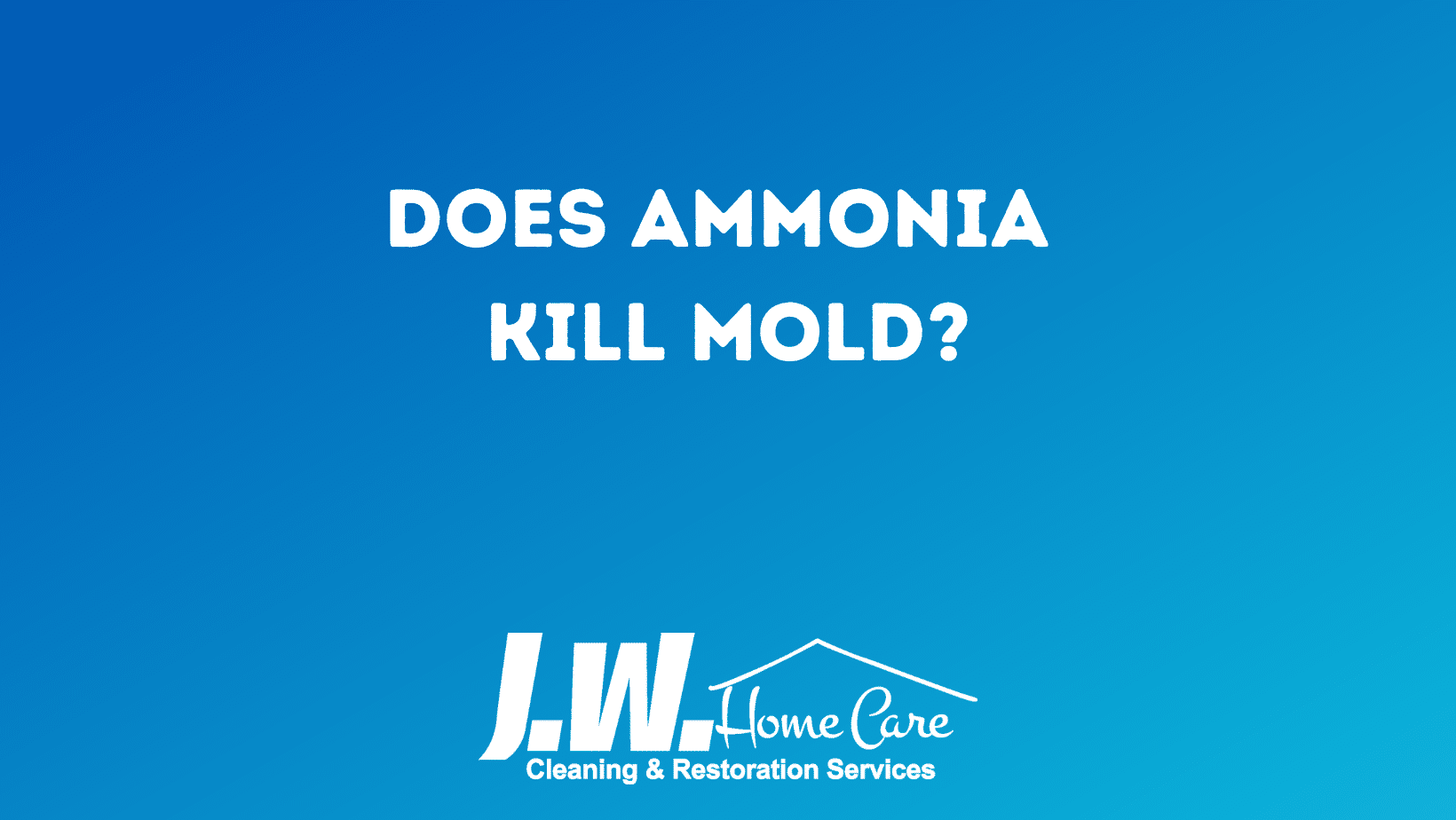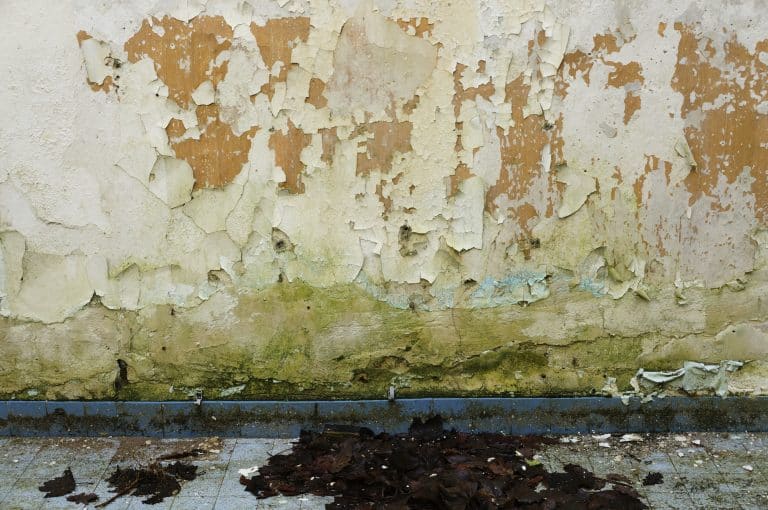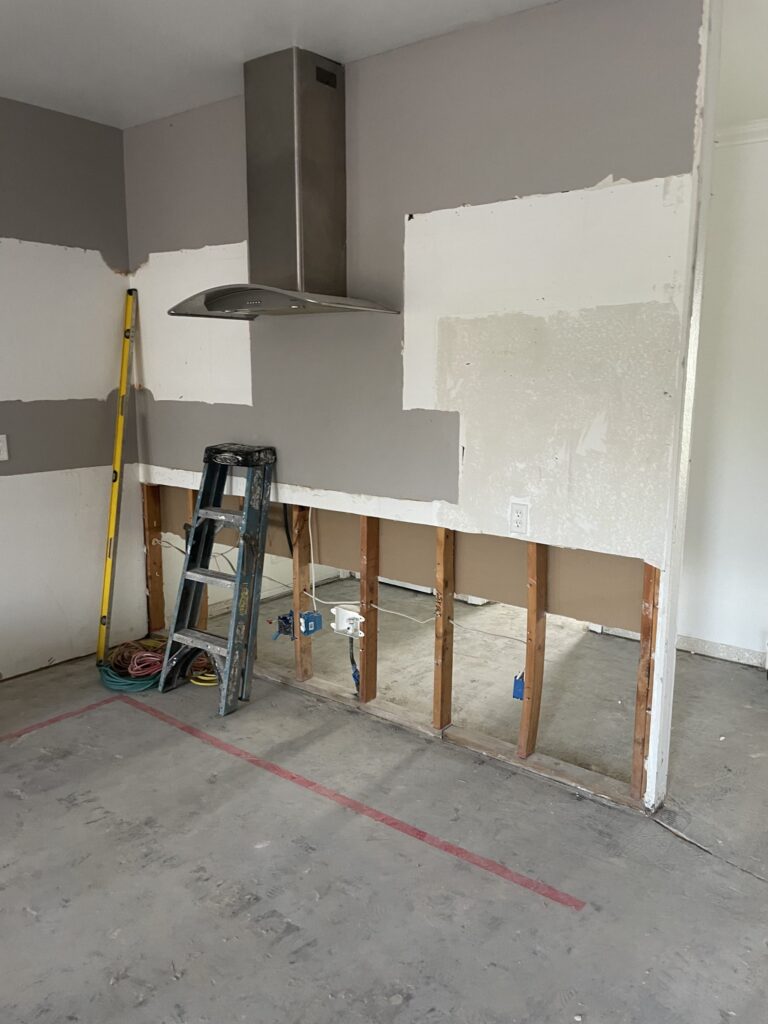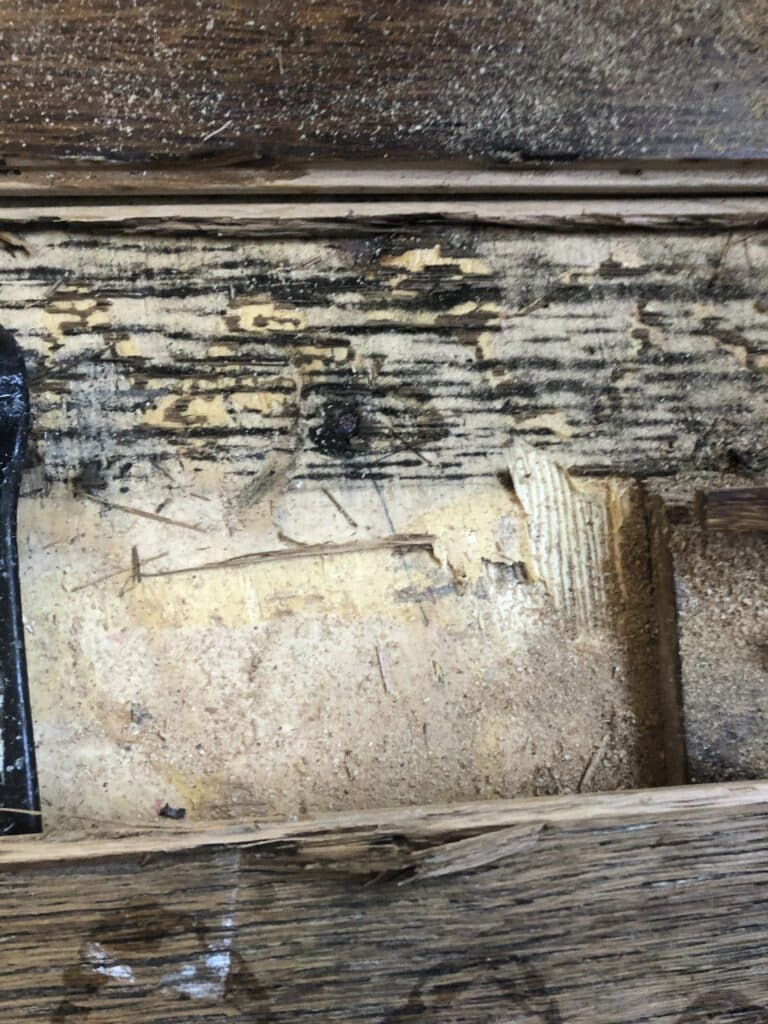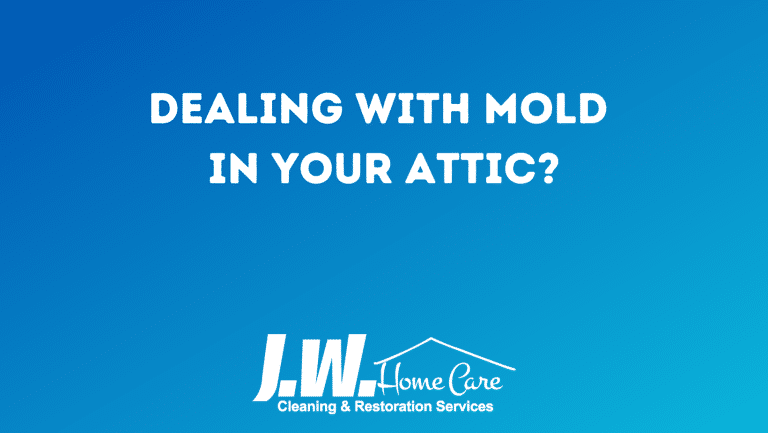Does Ammonia Kill Mold?
Does Ammonia Kill Mold? What You Need to Know
Mold growth in your home can pose serious health risks and cause significant damage to your property. When it comes to removing mold, many homeowners seek effective solutions. One common question is: does ammonia kill mold? In this post, we’ll explore the effectiveness of ammonia in mold removal, how to use it safely, and alternative methods for dealing with mold.
Understanding Mold and Its Dangers
Mold thrives in damp, humid environments and can grow on various surfaces, including walls, ceilings, and floors. Exposure to mold can cause respiratory issues, allergic reactions, and other health problems. Therefore, addressing mold growth promptly is crucial to maintaining a healthy living environment.

Does Ammonia Kill Mold?
Yes, ammonia can kill mold on non-porous surfaces. Ammonia is a strong cleaning agent that effectively eliminates mold on materials like glass, tiles, and countertops. However, it has limitations when it comes to porous surfaces, such as wood, drywall, and fabrics. Mold can penetrate these materials, making it difficult for ammonia to reach and kill the mold entirely.
How to Use Ammonia to Kill Mold
If you decide to use ammonia for mold removal, follow these steps to ensure safety and effectiveness:
- Wear Protective Gear: Always wear gloves, goggles, and a mask to protect yourself from fumes and mold spores.
- Ventilate the Area: Open windows and doors to ensure proper ventilation while using ammonia.
- Mix the Solution: Combine equal parts of clear ammonia and water in a spray bottle. Do not mix ammonia with bleach, as this can produce toxic fumes.
- Apply the Solution: Spray the ammonia solution directly onto the moldy surface. Allow it to sit for 10-15 minutes.
- Scrub the Area: Use a brush or sponge to scrub the moldy area thoroughly.
- Rinse and Dry: Wipe the surface with a damp cloth to remove any residue, then dry the area completely to prevent future mold growth.
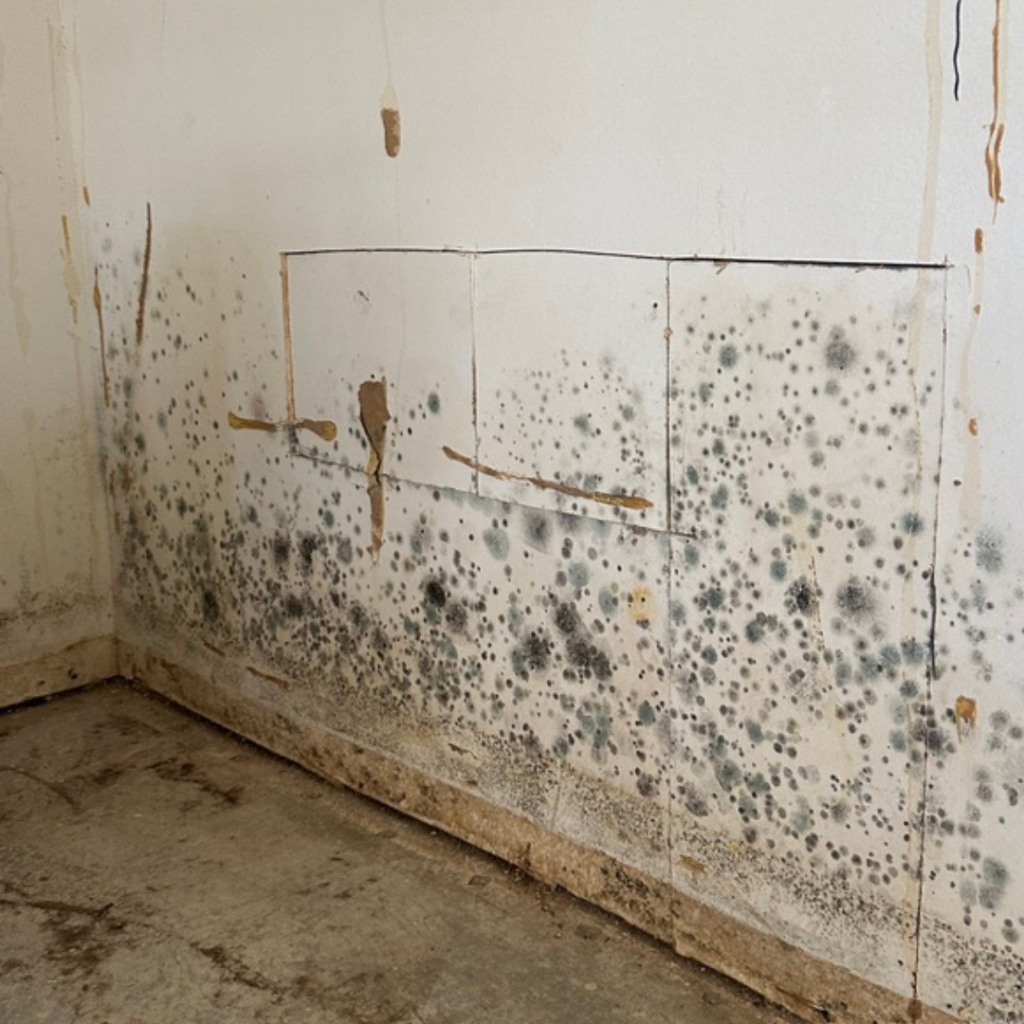
Limitations of Using Ammonia
While ammonia is effective on non-porous surfaces, it’s not suitable for porous materials. Additionally, ammonia has a strong odor and can be harmful if inhaled in large quantities. Therefore, it’s important to consider these limitations when deciding whether to use ammonia for mold removal.
Alternative Methods for Mold Removal
If ammonia to kill mold isn’t suitable for your needs, consider these alternative methods for removing mold:
- Vinegar: White vinegar is a natural and effective mold killer that works on both porous and non-porous surfaces. Spray undiluted vinegar on the moldy area, let it sit for an hour, then scrub and rinse.
- Hydrogen Peroxide: This common household disinfectant can kill mold on various surfaces. Spray a 3% hydrogen peroxide solution on the mold, let it sit for 10 minutes, then scrub and wipe clean.
- Baking Soda: Mix baking soda with water to create a paste, apply it to the moldy area, scrub, and rinse. Baking soda not only kills mold but also helps deodorize and prevent future growth.
- Professional Mold Remediation: For extensive mold infestations or mold on porous materials, consider hiring a professional mold remediation service. Experts can ensure thorough removal and prevent mold from returning.
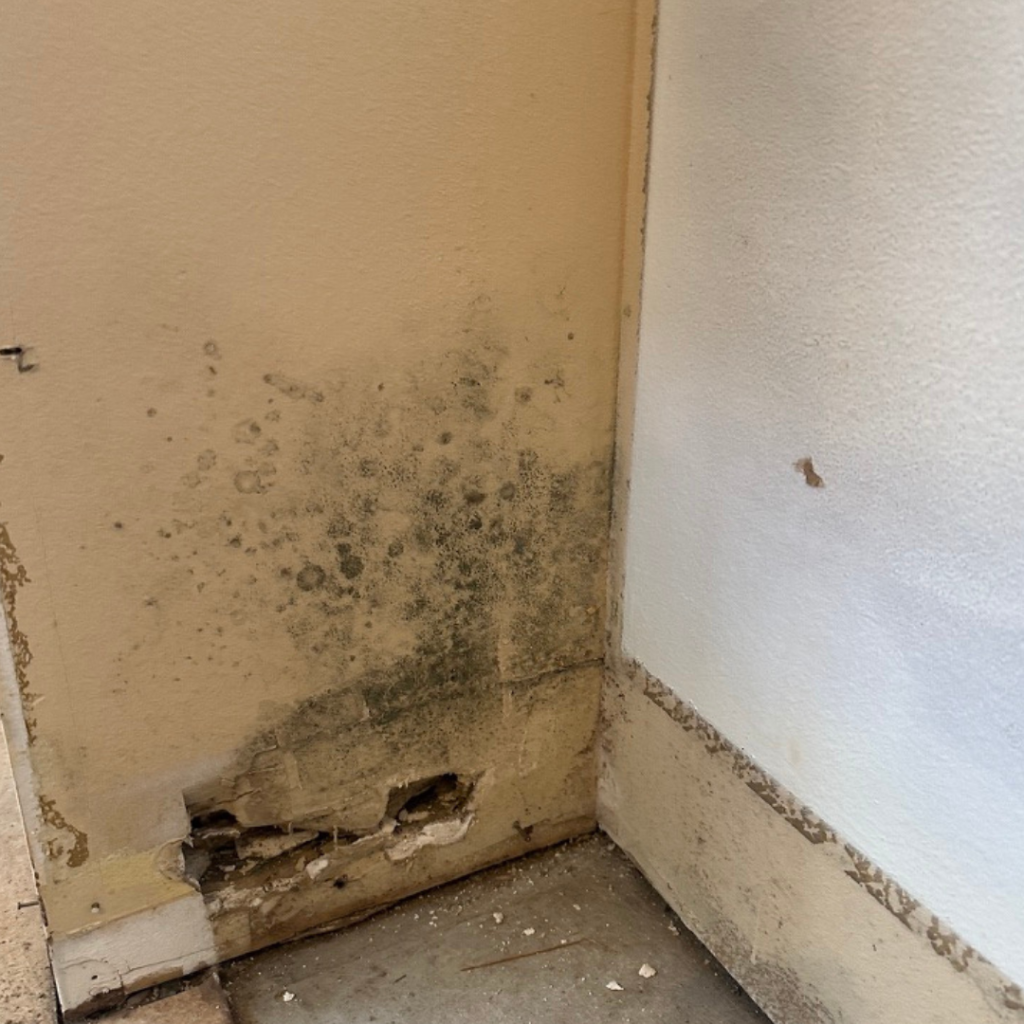
Conclusion
So, does ammonia kill mold? Yes, it can effectively eliminate mold on non-porous surfaces. However, it’s not the best solution for porous materials and has some limitations regarding safety and odor. Exploring alternative methods like vinegar, hydrogen peroxide, and baking soda can provide effective and safer options for mold removal.
Finally, By understanding the strengths and limitations of each method, you can choose the best approach to keep your home mold-free. Regular maintenance and prompt action are key to preventing mold growth and maintaining a healthy living environment. Stay vigilant and proactive in addressing mold issues to protect your home and family.

